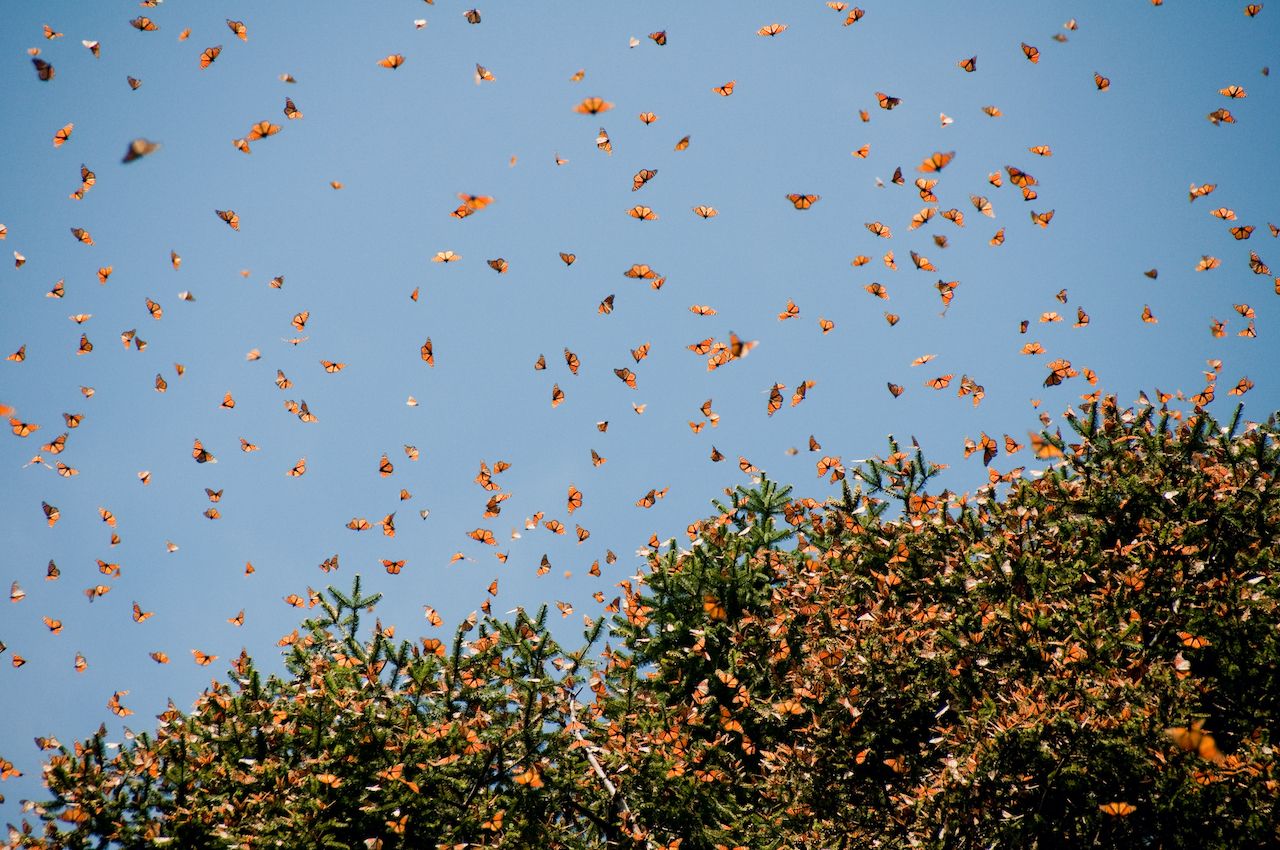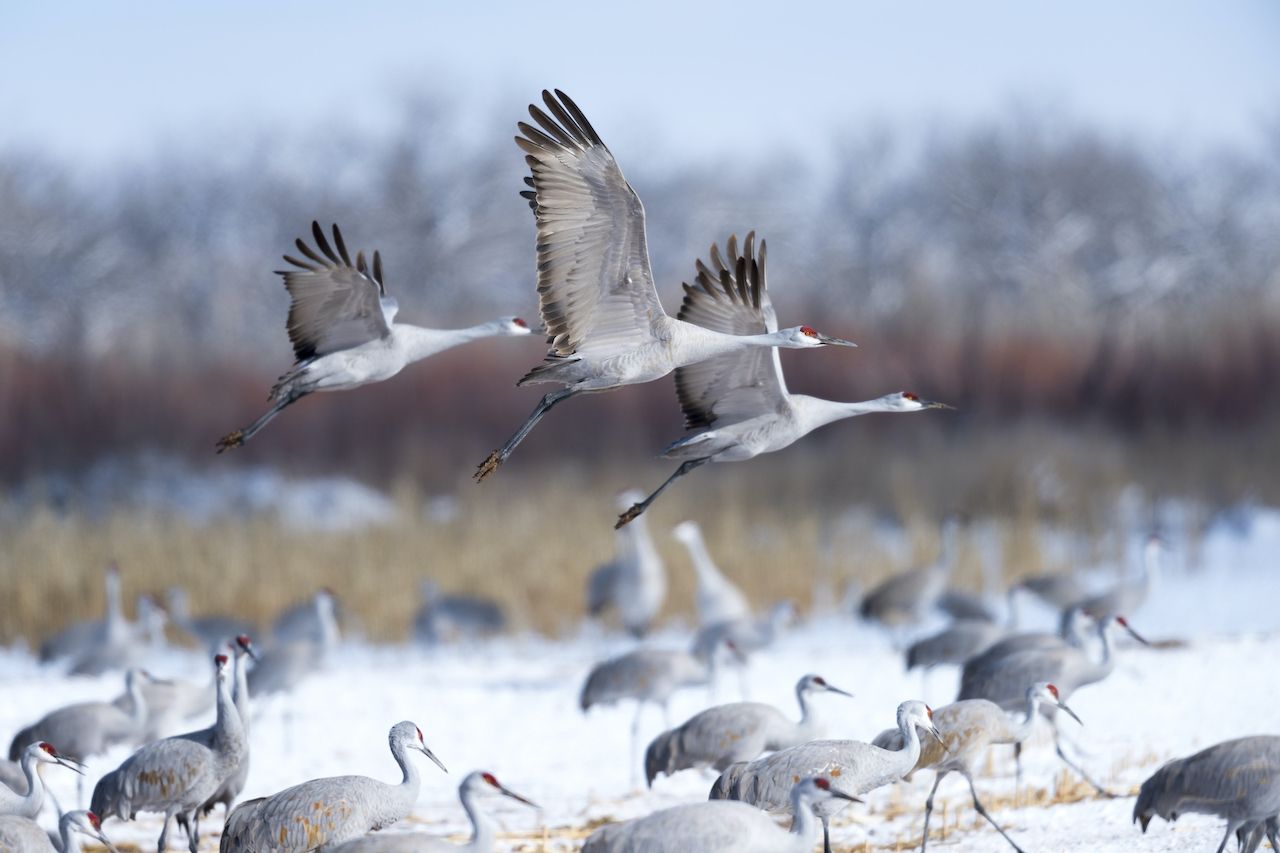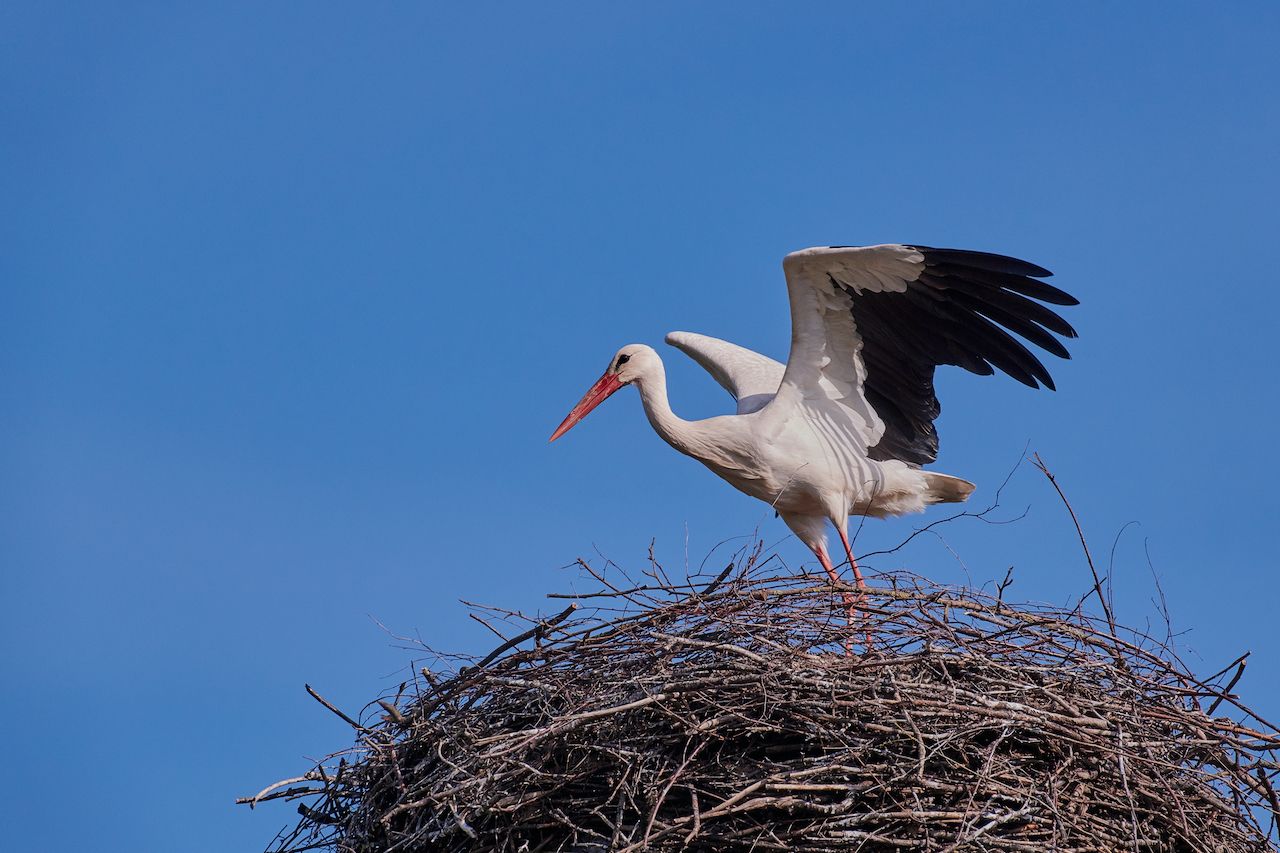THESE MIGRATORY ROUTES and patterns have developed over thousands to millions of years, and there’s something primal and humbling about being able to see nature on the move, since each migration is a part of a larger cycle of life.
What’s more, bearing witness to these migrations may literally be a once-in-a-lifetime experience, considering many of the routes and species are in danger. The more you know about the species and their habits, where they’re going and why, the more you’ll be able to appreciate the migration spectacle.
[Notes: Timeframes provided here are estimates based upon the patterns of consistent animal behavior; since these are wild populations, exact dates can’t be determined.



